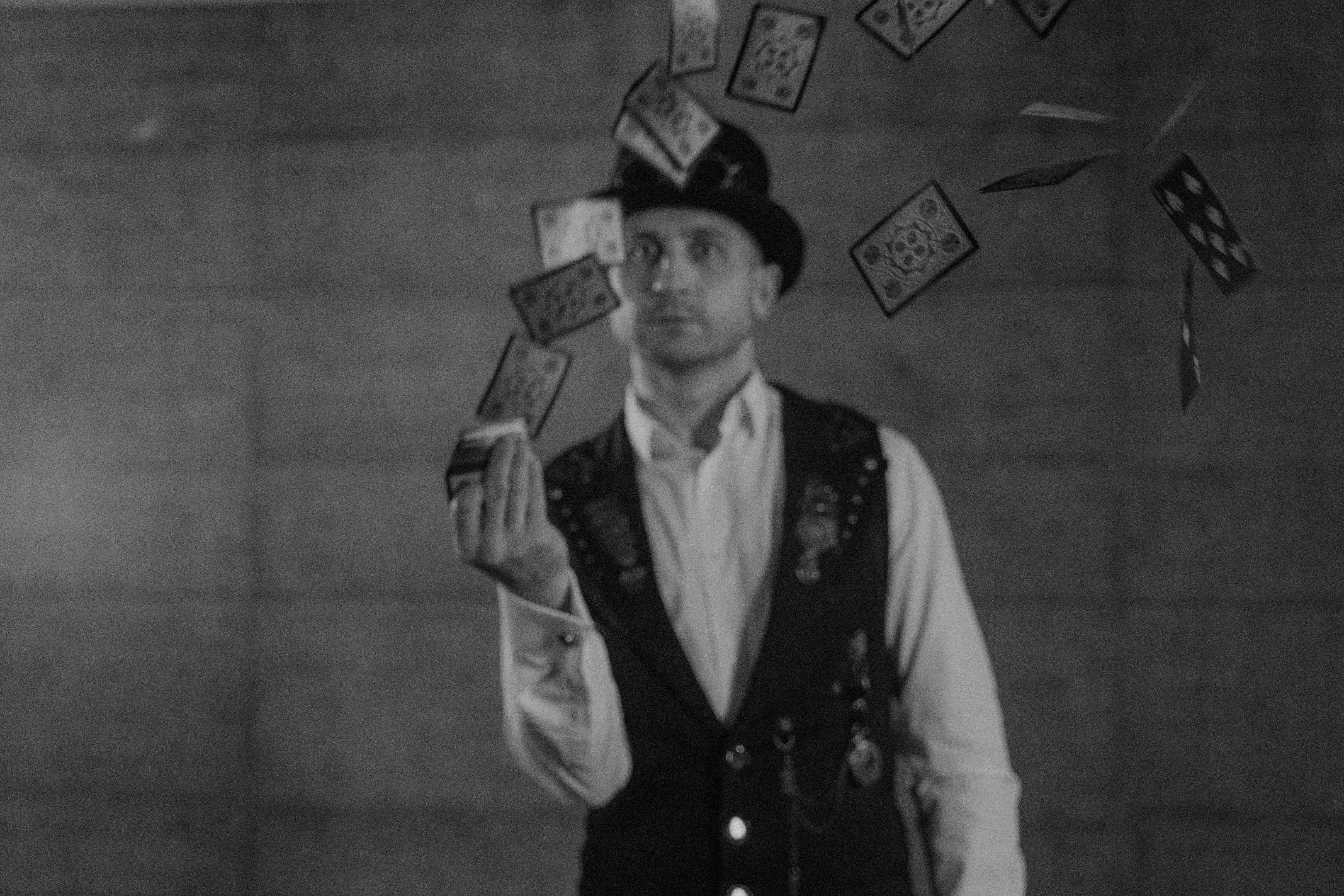What is the difference between a problem and an opportunity? It is not obvious? If your answer to that question is that it’s obviously the circumstances, think again. Have you ever heard or seen two people achieve different results, even though they started with the same circumstances?
For example, in the midst of an economic recession, could it be said that all companies could expect a similar effect? Well, what about those who prosper? What makes the difference? The difference is in how one responds to circumstances. For example, a luxury car dealership did very well during the economic downturn of the early 1990s. How? They, their staff, brainstormed and assembled experts with extraordinary answers to the problem at hand: no one was buying their luxury cars. The one that worked? They took the cars to the local country club and offered test drives. Sales skyrocketed.
How do you respond to problems? Do you get creative? Or discouraged? Do you see the positive side? Or see all the things you don’t want to see? Here are 4 keys to changing this in your own life, so that, like that luxury car dealer, you can prosper, even in difficult circumstances.
* “What if this happened FOR me?”
Most people’s automatic response to a negative circumstance is to feel that it is happening to them. It’s easy to become victim mode and bless at it. What if you asked yourself instead, “What if this happened FOR me?” How is this ultimately helping me? How is it for my highest good?
* “What opportunities open up to me that didn’t exist before?”
Sometimes when you lose what you feared losing the most, you can release a lot of energy. For example, if you were afraid to pursue your passion because it would mean quitting your job and then you lose your job, well, it’s time to pursue that passion! Or if you no longer have the opportunity to do something that used to take up a lot of your time, why does it free up your time? Or if a relationship ends, what does that leave available? And how could he go out and create something even better?
* “What do I really want?”
Every complaint, every refusal, is an indication that there is something you want that you don’t have. No one complains unless there is some other option that they think would be better. So if you’ve found a problem, use it as an indicator of what you want. Just turn around and change your focus. Instead of focusing on what’s wrong, you can even make a list of all the reasons you see it as a problem, and then for each write down one or more things that you now see that you want. And once you know what you want, focus and progress towards it!
* “If you knew there was no such thing as failure, what would you do next?”
Once you’re seeing this happen FOR you, and you’ve discovered the hidden opportunities and clarified what you want, it’s time to take action. Set new goals, make plans and get started. “But what if I fail?” you ask. After all, this all started with a problem. How can you take more risks? Easy. Recognize that there is no failure. The difference between success and failure is simply this: achieving success comes from flexibility, creativity, and tenacity. Failure happens when people give up. Look at Thomas Edison and how many failed attempts he made before he actually invented the light bulb. As he put it, “I haven’t failed. I just found 10,000 ways that won’t work.”
Think about it: Mattie Christianson was born with no arms past the elbows, no legs past the knees. However, when he was 11 years old, he was the pitcher for his winning softball team. This young sage said, “You have to give up all your excuses.” He just didn’t accept failure or limitations. If he can do that, what can you do?




